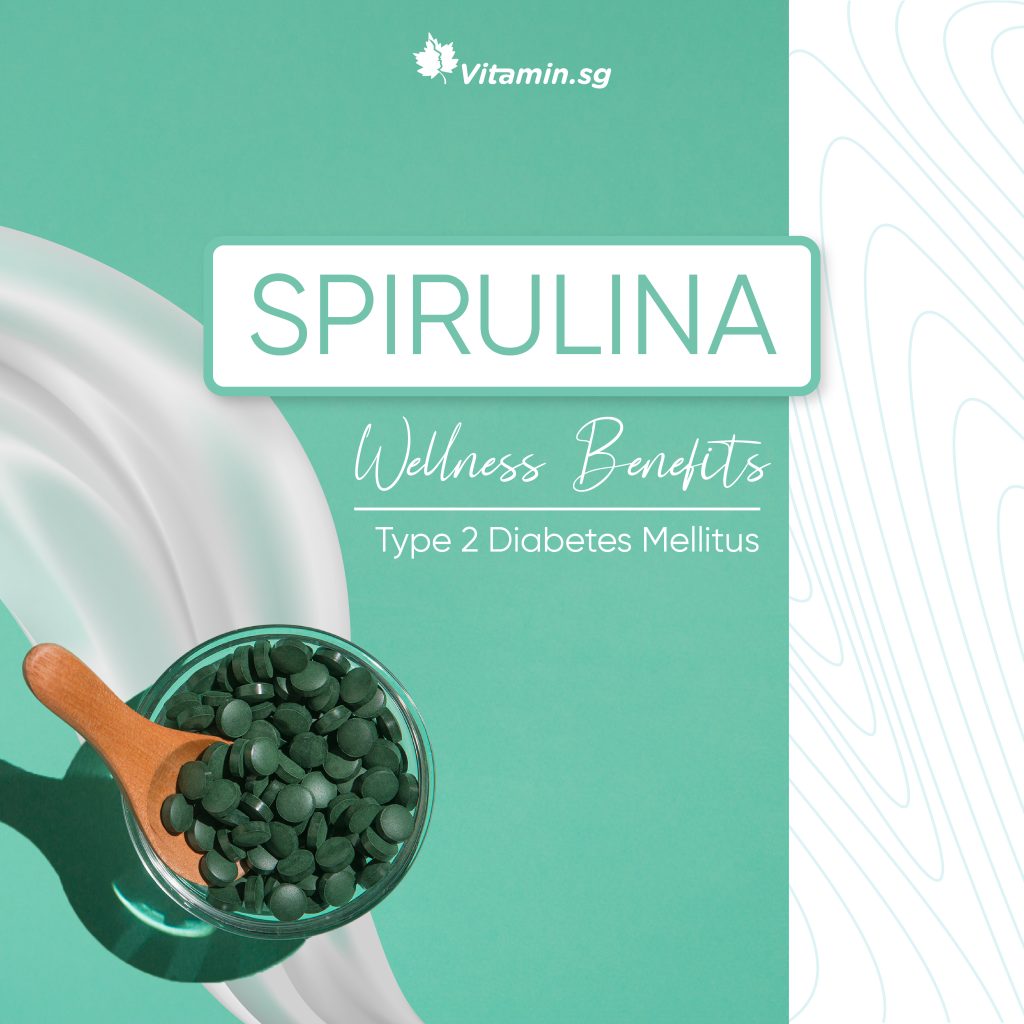Home / Health Blog / Food Colors for Health
Here are the most common food colors and their beneficial attributes:
Foods that are white in color, have a wide range of beneficial nutrients, such as anthoxanthins, sulfur, and quercetin. These substances boost the immune system because they have anti-viral, anti-fungal, and anti-inflammatory propertiesExamples of white foods include garlic, onions and cauliflower.
Green foods get their color from chlorophyll, helps to support elimination of toxins from the liver and kidneys. Green foods also contain high amounts of Vitamin K, necessary for blood clotting and building strong bones.Examples of green foods include celery, kale, broccoli and spinach.
Orange and yellow-colored foods are rich in Vitamin C and beta-carotene, that helps to reduce inflammation and protects your cells against damage from environmental toxins and the natural aging process. Some researches suggest that a good intake of beta-carotene may reduce your risk of developing breast, colon, lung and prostate cancers.
Examples of orange and yellow colored foods include pineapples, yellow peppers, carrots and sweet potatoes.
Foods that are blue and purple in colors contain compounds called flavonoids (known as anthocyanin), which may help increase the vitamin C levels in your cells. Anthocyanin has anti-inflammatory properties to help protect against heart disease and stroke.
Examples of blue and purple colored foods include blueberries, blackberries, cherries, and eggplant.
Red foods are rich in the phytonutrients lycopene and anthocyanin, useful in building healthy cell walls. This improves blood pressure, proper organ functioning, and circulation. Red foods also offer sun protection from harmful UV damage.
Examples of red foods include watermelon, tomatoes and red bell peppers.


